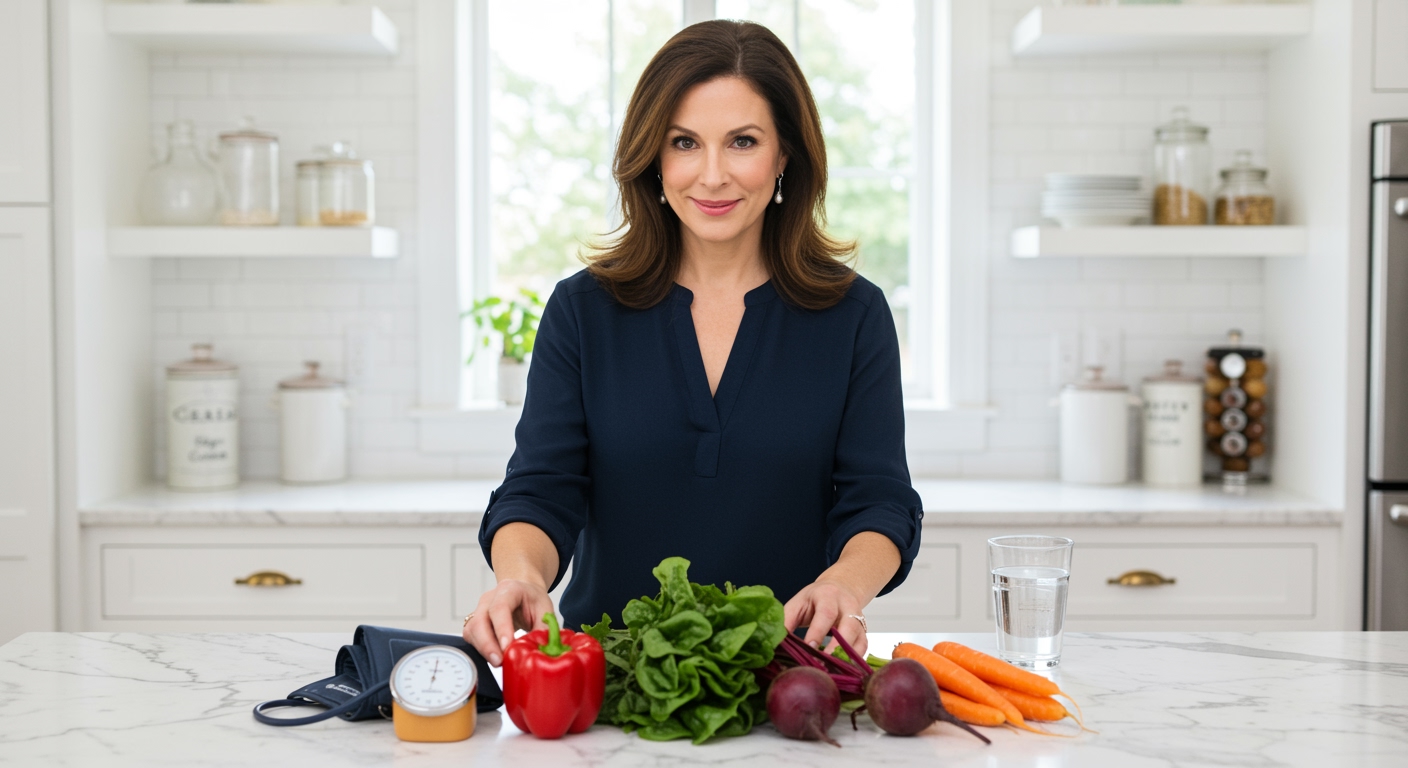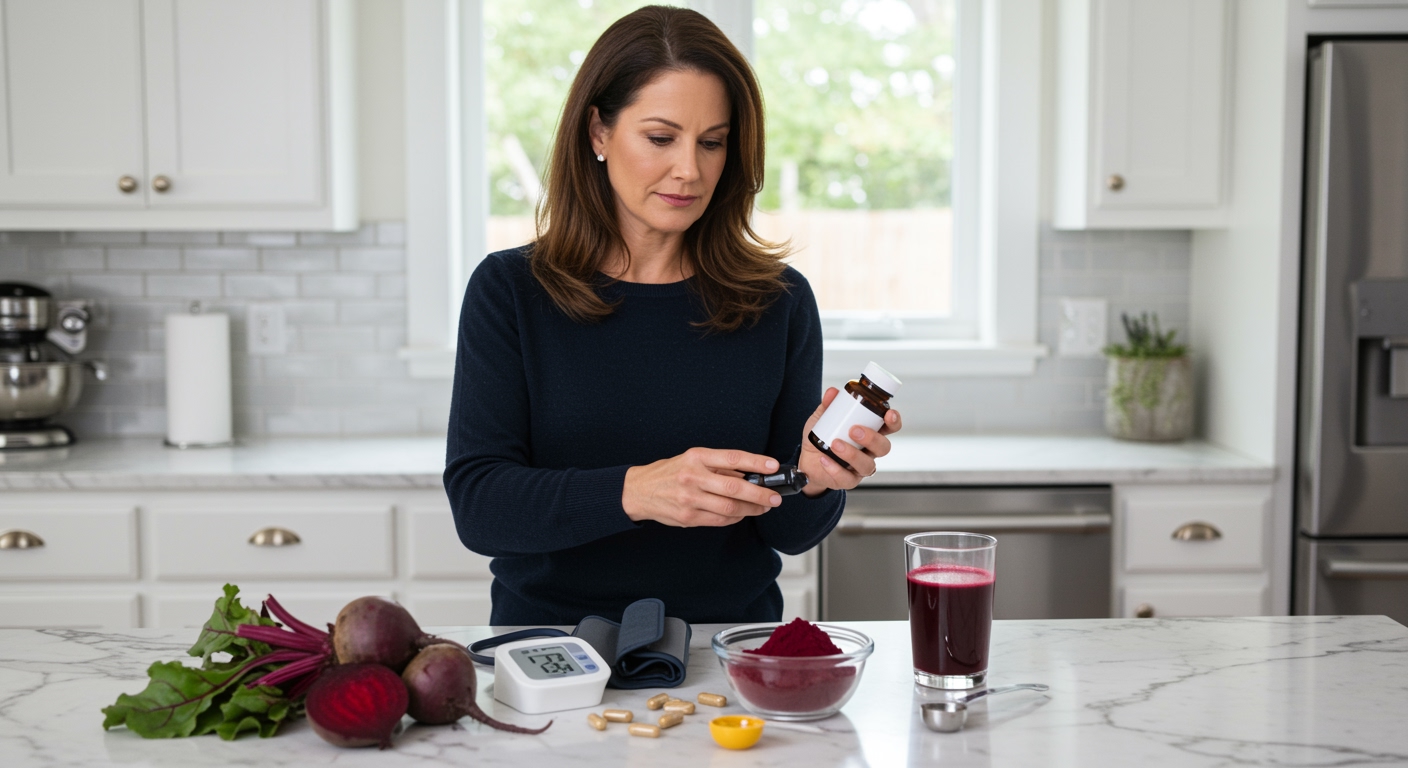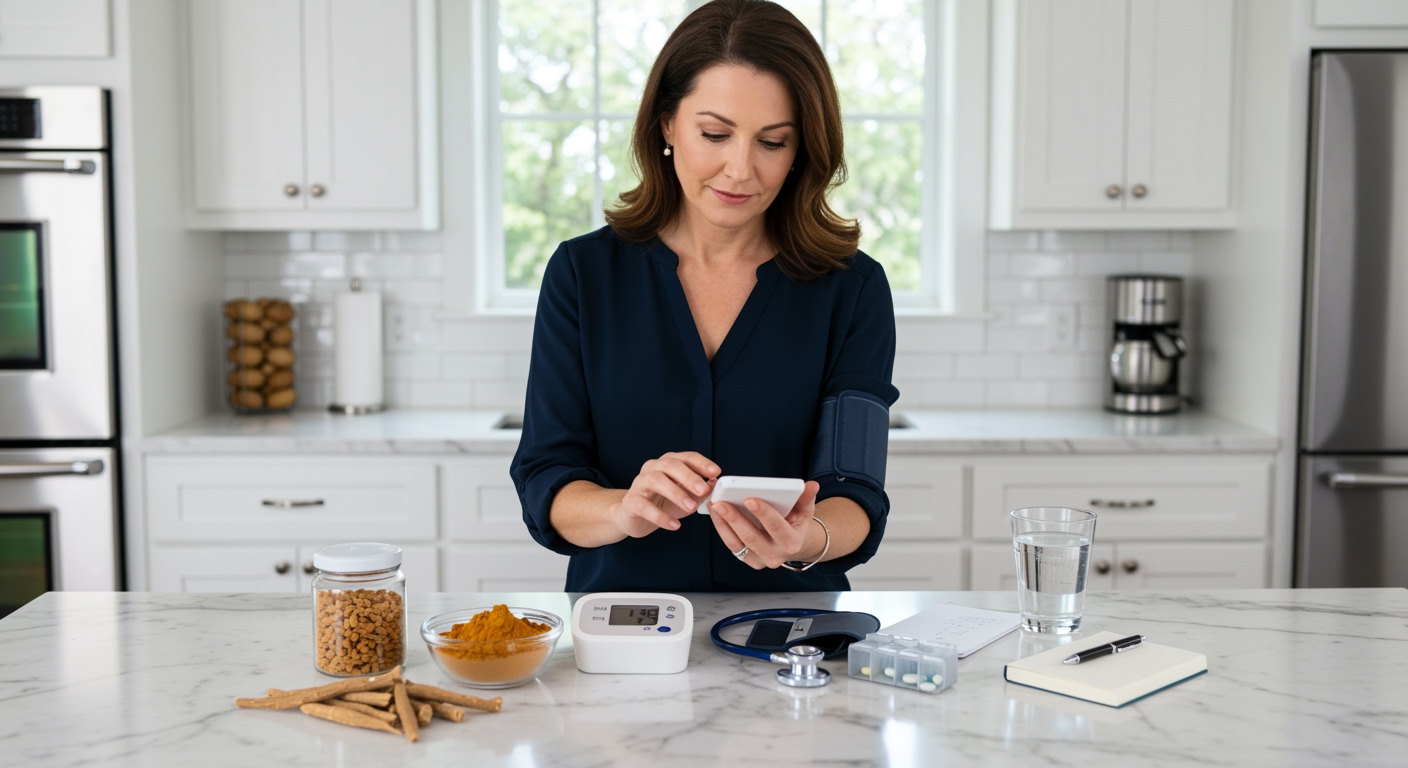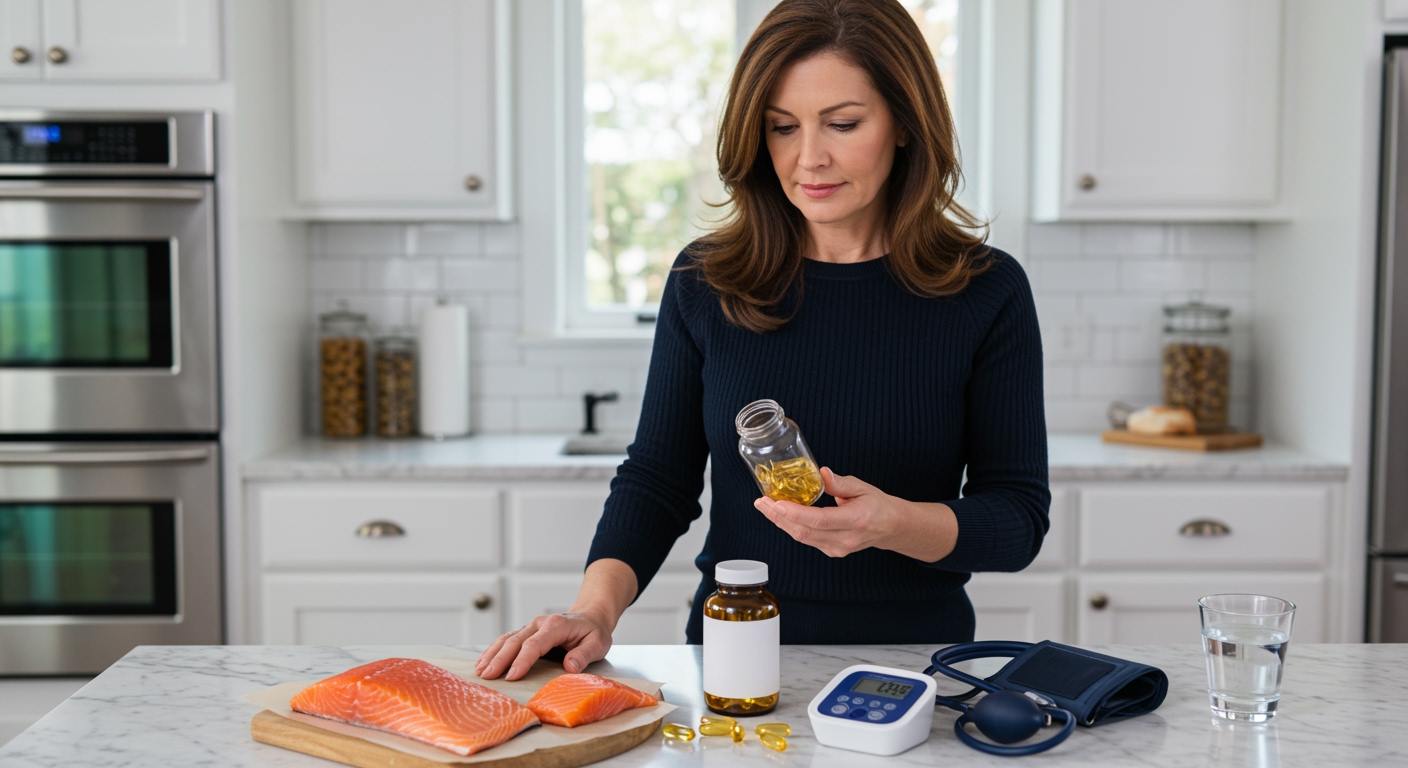✪ Key Takeaway: Raw foods can help lower blood pressure through higher potassium content and preserved nutrients, but cooking methods matter more than raw versus cooked.
Introduction
Your doctor just told you that your blood pressure readings are too high and you need to make dietary changes immediately.
You might be wondering if eating more raw foods could be the solution to bringing those numbers down naturally without relying solely on medication.
Hi, I am Abdur, your nutrition coach and today I am going to explain whether hypertensive patients should eat more raw foods and what the science actually says about this approach.
What Makes Raw Foods Different For Blood Pressure?
Raw foods contain higher levels of certain nutrients that directly impact your cardiovascular system.
When you cook vegetables, you lose some of the potassium content that helps your kidneys eliminate excess sodium from your body.
Raw fruits and vegetables also maintain their natural fiber structure, which slows down sugar absorption and prevents blood pressure spikes.
The nitrates found in raw leafy greens like spinach and arugula convert to nitric oxide in your body, which relaxes blood vessel walls and improves circulation.
Heat-sensitive vitamins like vitamin C and folate remain intact in raw foods, supporting healthy blood vessel function and reducing inflammation.
✪ Fact: Raw beets contain 25% more nitrates than cooked beets, making them more effective for blood pressure reduction.
How Do Raw Foods Impact Your Blood Vessels?
Your blood vessels respond differently to raw nutrients compared to their cooked counterparts.
Raw garlic contains allicin, a compound that gets destroyed during cooking but helps relax arterial walls when consumed fresh.
The enzyme systems in raw foods work synergistically with your body to improve endothelial function, which is the inner lining of your blood vessels.
Raw foods also provide natural antioxidants in their most bioavailable form, protecting your arteries from oxidative damage that contributes to hypertension.
When you eat raw celery, for example, the phthalides remain active and help reduce the production of stress hormones that constrict blood vessels.
The water content in raw fruits and vegetables also contributes to better hydration, which supports optimal blood volume and pressure regulation.
✪ Pro Tip: Crush raw garlic and let it sit for 10 minutes before eating to maximize allicin production.
What Are The Potential Drawbacks Of Going Too Raw?
Eating only raw foods can create nutritional imbalances that might actually worsen your blood pressure control.
Some nutrients like lycopene in tomatoes become more bioavailable when cooked, and this antioxidant supports cardiovascular health.
Raw cruciferous vegetables contain goitrogens that can interfere with thyroid function, and an underactive thyroid can contribute to high blood pressure.
Your digestive system might struggle to break down large amounts of raw fiber, leading to bloating and discomfort that creates stress and temporarily raises blood pressure.
Raw foods also have a higher risk of foodborne illness, and getting sick can cause dehydration and electrolyte imbalances that affect blood pressure.
Some people find raw-only diets socially isolating, which can increase stress levels and counteract the blood pressure benefits of the diet itself.
✪ Note: Cooking tomatoes increases lycopene absorption by up to 400%, making cooked tomatoes better for heart health than raw ones.
Which Raw Foods Work Best For High Blood Pressure?
Not all raw foods provide equal benefits for blood pressure management, so choosing the right ones matters.
Raw leafy greens like spinach, kale, and Swiss chard top the list because they provide potassium, magnesium, and nitrates in their most active forms.
Fresh berries contain anthocyanins that improve blood vessel flexibility and reduce arterial stiffness when consumed raw.
Raw pomegranate seeds provide punicalagins that help lower both systolic and diastolic blood pressure through improved endothelial function.
Cucumber and watermelon offer natural diuretic effects when eaten raw, helping your kidneys eliminate excess sodium more effectively.
Raw nuts and seeds provide healthy fats and magnesium that support proper muscle function in your heart and blood vessels.
Fresh herbs like parsley and cilantro contain natural compounds that act as gentle ACE inhibitors, similar to some blood pressure medications but much milder.
✪ Fact: One cup of raw spinach contains 167mg of potassium, while cooked spinach loses about 15% of this mineral.
How Should You Balance Raw And Cooked Foods?
The most effective approach for blood pressure control combines both raw and cooked foods strategically throughout your day.
Aim to make 50-60% of your vegetables raw to maximize nutrient retention while still enjoying the benefits of cooked foods.
Start your day with raw fruits and vegetables to get immediate access to enzymes and water-soluble vitamins that support morning blood pressure regulation.
Use gentle cooking methods like steaming or sautéing for vegetables that are hard to digest raw, such as broccoli and cauliflower.
Include raw salads with every cooked meal to ensure you get both the immediate benefits of raw nutrients and the enhanced absorption of fat-soluble vitamins from cooked foods.
Focus on eating raw foods that taste good to you naturally, because forcing yourself to eat foods you dislike creates stress that can raise blood pressure.
✪ Pro Tip: Eat raw vegetables before cooked ones in the same meal to optimize enzyme activity and nutrient absorption.
The Bottom Line
Raw foods can definitely help lower your blood pressure through higher potassium content, preserved nitrates, and intact enzyme systems, but they work best as part of a balanced approach rather than an all-or-nothing strategy.
The key to managing blood pressure is not about eating everything raw, but about eating more plants in whatever form you can sustain long-term.
I would love to hear about your experience with raw foods and blood pressure management, so please share your questions or thoughts in the comments below.
References
At NutritionCrown, we use quality and credible sources to ensure our content is accurate and trustworthy. Below are the sources referenced in creating this article:
- Consumer Reports: Ideal Diet for Lower Blood Pressure
- Medical News Today: Foods That Help Lower Blood Pressure
- PMC: Dietary Approaches for Hypertension Management
- PubMed: Raw Food Diet and Cardiovascular Health





